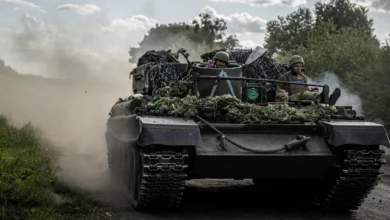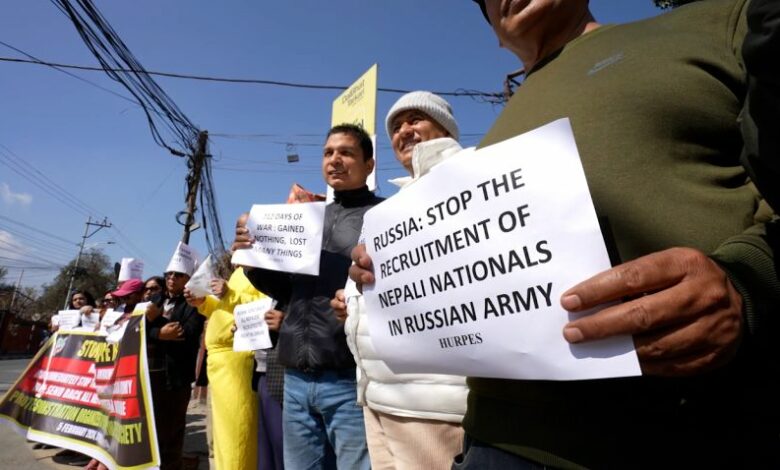
Ramchandra Khadka stood in front of a temple in the middle of Kathmandu, Nepal, praying for his fellow countrymen who are fighting for Russia in Moscow’s war against Ukraine.
As the ceremonial bells rang and the sweet smell of incense filled the air, he lit candles and offered flowers to a deity. All he wants is for his Nepali friends to survive the brutal war.
The 37-year-old recently returned to Nepal after suffering injuries on the front lines in Ukraine. He told CNN he witnessed horrific scenes and regrets his decision to join the Kremlin’s army as a foreign mercenary.
Russia’s war in Ukraine is not the first battle Khadka has fought. He was among Nepal’s Maoist rebels, who fought a bloody war with the country’s forces for 10 years from the mid-1990s. He then went to Afghanistan after being hired by a private military contractor to assist NATO forces in the country. He thought he had experienced it all in his lifetime – bloodshed, death and pain. But, some 17 years after the Maoist war ended, with no hope of a job in Nepal, he decided to fly to Russia to join the country’s military for money.
“I didn’t join the Russian military for pleasure. I didn’t have any job opportunities in Nepal. But in hindsight, it wasn’t the right decision. We didn’t realize we would be sent to the frontlines that quickly and how horrible the situation would be,” Khadka said.
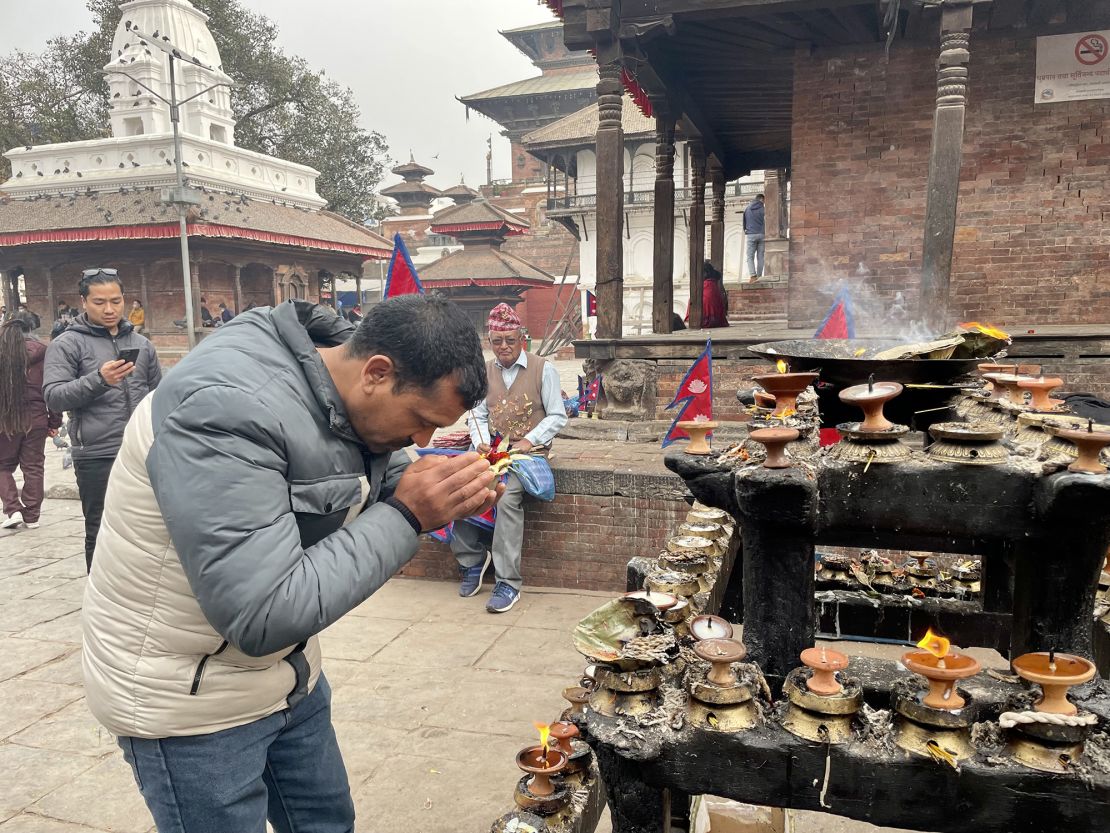
He arrived in Moscow in September last year. After only two weeks of training, he said, he was sent to the front lines in Bakhmut – a town in eastern Ukraine that saw some of the heaviest fighting between Russian and Ukrainian forces – with a gun and a basic kit.
“There isn’t an inch of land in Bakhmut that’s not affected by bombs. All the trees, shrubs, and greenery… they are all gone. Most of the houses have been destroyed. The situation there is so gruesome that it makes you want to cry,” he recalled.
Khadka was deployed to Bakhmut twice and spent a total of one month there. During his second deployment, he was struck by a bullet in his hip. After he was rescued and taken a few hundred meters back from the front line, he was hit by shrapnel from a cluster bomb.
“I still get a headache when I think about the terrible scenes I saw in the war zone,” he said.
He is one of as many as 15,000 Nepali men to have joined the Russian military, multiple sources have told CNN, after the Russian government last year announced a lucrative package for foreign fighters to join the country’s military.
The package included at least $2,000 salary a month and a fast-tracked process to obtain a Russian passport. Nepal’s passport is ranked one of the worst in the world for global mobility, below North Korea, according to an index created by global citizenship and residence advisory firm Henley & Partners, and the Himalayan nation is among the world’s poorest, with a per capita GDP of $1,336 for 2022, according to World Bank data.
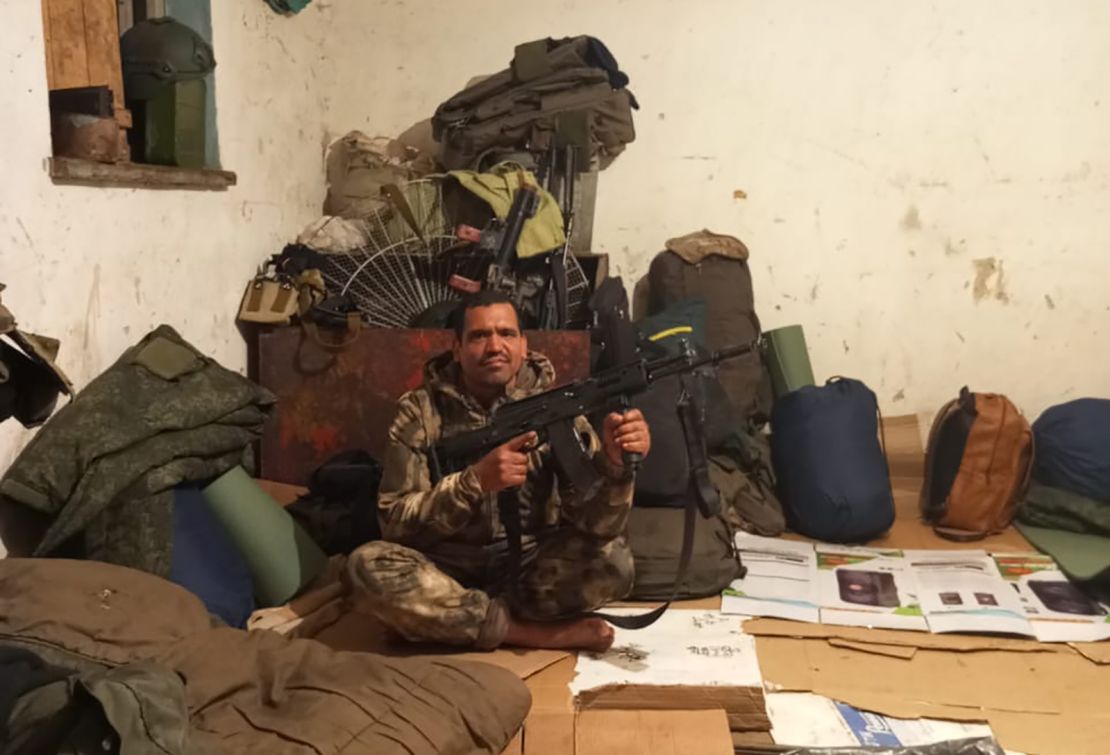
The Nepali government says about 200 of its citizens are fighting for the Russian army and that at least 13 Nepalis have been killed in the war zone. But lawmakers and rights’ campaigners in Nepal say those official estimates vastly underestimate the real numbers.
A prominent opposition Nepali lawmaker and former foreign minister, Bimala Rai Paudyal, told the upper house of the county’s parliament on Thursday that between 14,000 and 15,000 Nepalis are fighting on the front lines, citing testimony from men returning from the war zone, and called on the Russian authorities to provide the figures.
“The Russian government must have the data of how many foreign fighters have joined the Russian army and how many Nepalis are fighting for Russia,” she said.
Four Nepali fighters are currently being held as prisoners of war (POWs) by Ukraine, according to Nepal’s foreign ministry.
The Russian foreign ministry has not responded to CNN’s questions about the number of Nepalis recruited by the Russian army and how many of them have died so far.
Kritu Bhandari, a Kathmandu-based politician and social campaigner, has become the leader of a group of family members of Nepali men fighting in Russia. She says around 2,000 families have approached her in recent weeks asking for help either to get in touch with their missing loved ones or to bring those who are still in contact home to the small South Asian nation.
Hundreds of families say their relatives in Russia haven’t been in contact for many weeks or months, according to Bhandari.
‘I try not to think of the worst’
Januka Sunar’s husband went to Russia three months ago to join the military. He hasn’t been in touch with his family in Nepal for two-and-a-half months.
The last time Sunar spoke to her husband, she told CNN, he said that the Russian military was moving him to a different location and that they would not allow him to take his mobile phone with him. He didn’t tell her where he was being relocated to.
“I’m very worried. I don’t know what happened to him. He may be injured… and I wonder if they will return his phone eventually. I’m scared. I try not to think of the worst,” she said.
Sunar said her husband, the sole breadwinner in the house, who used to work making silver jewelry and utensils, had joined the Russian army solely for money – to build a better life for the family. She has two children who live with her in a town on the outskirts of Kathmandu.
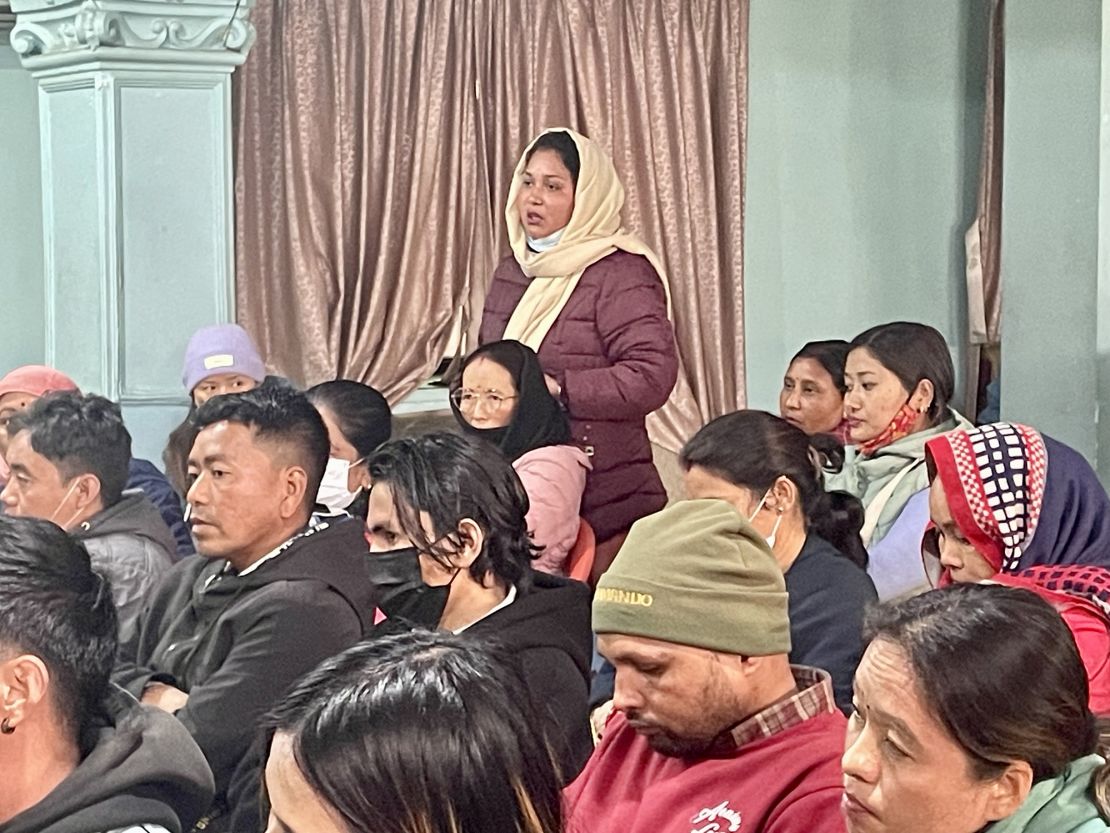
CNN met her along with other family members of those in Russia, who had gathered at the headquarters of the ruling Communist Party of Nepal (Maoist Center) in the Nepali capital to try to put pressure on the country’s top politicians to repatriate their loved ones.
“If the worst has happened to him, it’ll be worse than going to hell for us. We don’t have a future for the rest of our lives,” she said.
Sunar burst into tears as she shared how she was unable to explain to her children where their father is.
“They say: ‘Where is our dad, mummy? All of our friend’s dads who went abroad for work have returned… when is our dad coming back? We want to talk to our dad just for once.’”
Sunar is desperate for help from the authorities. “We just want information – from our government or the Russian government. Just tell us about his condition. Please see if you can rescue him. If they want to keep him there… .at least we want to know how he is… and speak to him,” she said.
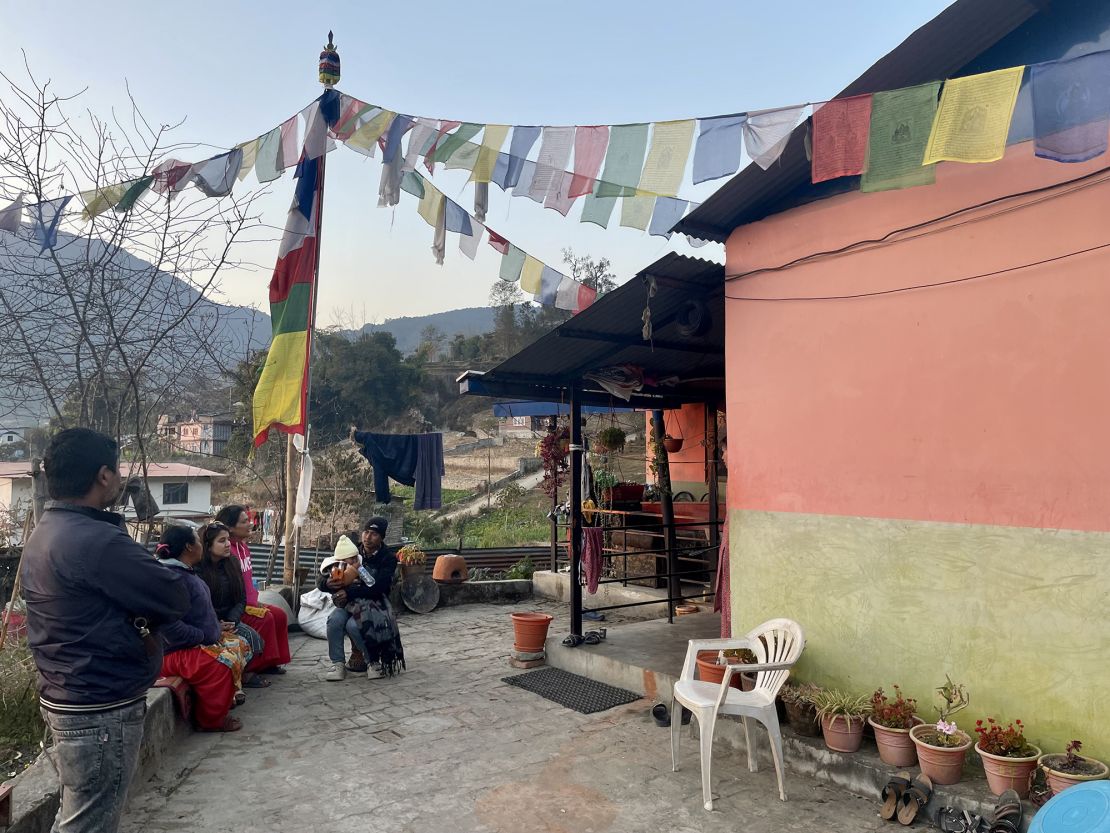
Buddhi Maya Tamang, who was also at the gathering, received a call at the end of January from a Russian number after midnight. She thought her husband, Shukra Tamang – a retired Nepali army soldier fighting for Russia – was the person calling.
It was someone else. A Nepali commander who was leading a unit on the front lines told her that her husband had been killed during the fighting.
“I was then speechless and senseless… I was hoping it was a prank call,” she said.
She hasn’t received confirmation of his death from either the Nepali or the Russian government.
“I just need an official proof of his condition – regardless of whether it’s good news or bad news.”
Recruits ‘from global south’
After analyzing the TikTok profiles of 10 Nepali men who travelled to Russia to join the army, CNN used satellite imagery to geolocate them to the Avangard training center, a military academy outside of Moscow.
The academy was designed as a youth military academy and describes itself as a “patriotic education” center. It has been re-outfitted into a training academy for foreign mercenaries entering the ranks of the Russian army. This was where Khadka received his brief training.
“Over here they teach you how to assemble and fire guns,” explained Shishir Bishwokarma, a Nepali soldier who has documented his journey to Russia and life at the training camp on YouTube.
The geolocated social media video shows an indoor wrestling gym converted into a training area for familiarization with small arms such as AK-47s, while the gym’s old Moscow Oblast flag appears to have been switched out for the colors of the Russian defense ministry.
A Nepali soldier in Russia, who did not want to be named for security reasons, told CNN he had trained on rocket launchers, bombs, machine guns, drones, and tanks while staying at Avangard.
The soldier described his fellow academy cadets as coming from across the global south. He cited Afghan, Indian, Congolese and Egyptian classmates, among others. Class photos from Avangard posted on social media show dozens of what appear to be South Asian soldiers with native Russian instructors.
Following their basic training at Avangard, CNN traced at least two soldiers to a nearby secondary base known as the Alabino Polygon.
At this mechanized infantry training compound, which was geolocated with the help of the Bellingcat Discord community, a handful of South Asian soldiers in full combat gear appear to be familiarizing themselves with operating alongside armored vehicles and heavy weaponry, as well as packing gear bags and organizing into larger units among Russian soldiers.
One of Bishwokarma’s videos shows drones flying over the center of the Avangard academy complex, while he narrates “now guys, we have come to a drone class.”
“We don’t understand Russian, but they have turned on Russian movies in our waiting room so that we can watch,” he explains.
Multiple Nepalis enlisting in the Russian army have stated that they don’t speak Russian but explain that instructors at Avangard seek to accommodate this by training the men in English.
That language barrier has played a large part in the deaths of many Nepalis on the front lines, said Khadka, the former fighter.
“Sometimes you can’t even understand where you’re supposed to be going or how to get there,” he said.
Khadka said he used to communicate with Russian officers by using a voice-translating app – and many times, just hand signals.
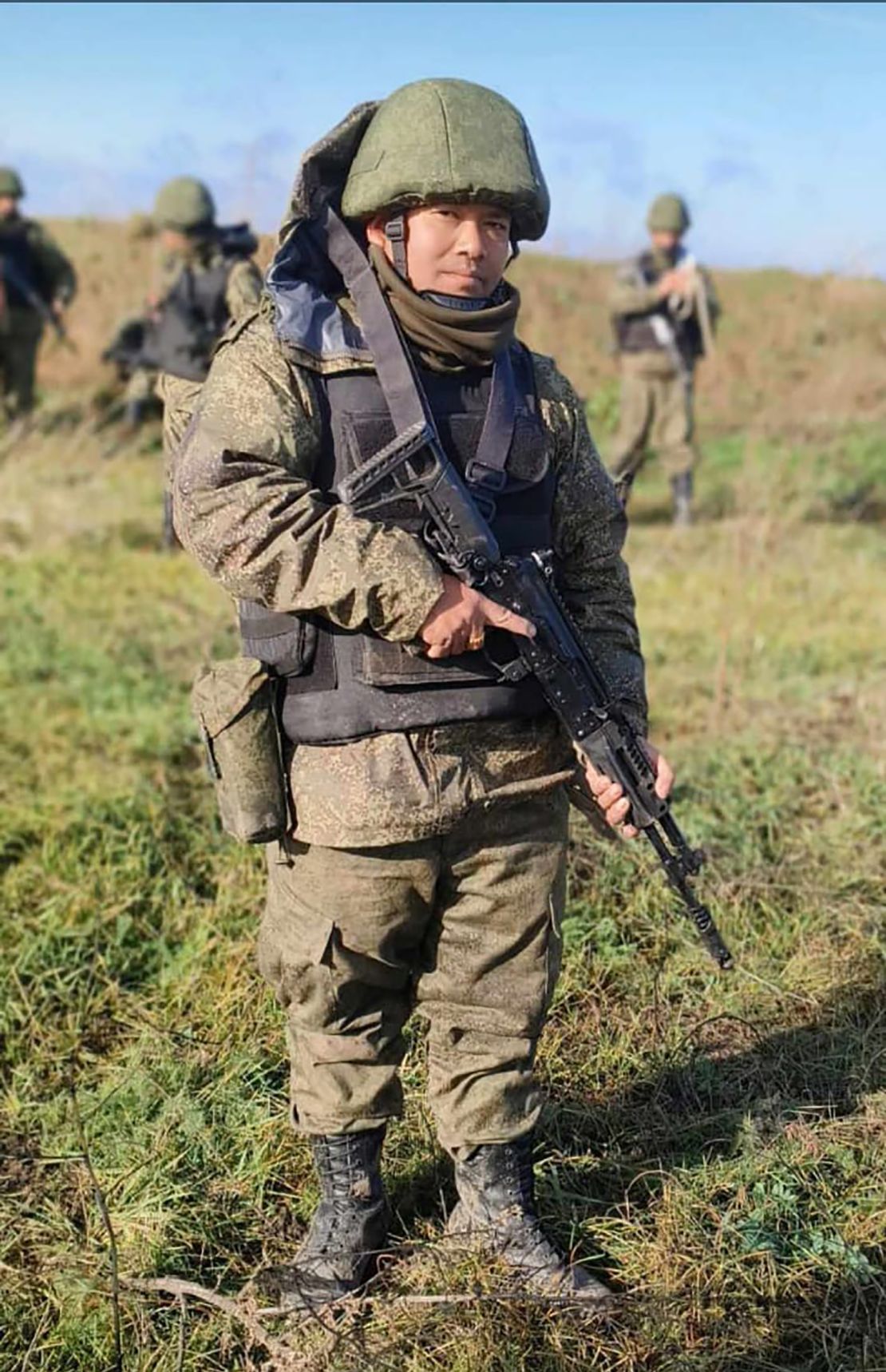
Several returned Nepali fighters who spoke with CNN blamed Russia for using them as cannon fodder in the war.
“It’s the Nepalis and other foreign fighters that are actually fighting in the front of war zones. The Russians position themselves a few hundred meters back as support,” said Suman Tamang, who returned from Russia last week.
“Some of my friends were mistreated by the Russian commander when they tried to voice their concerns,” Tamang recalled.
The 39-year-old also said that the Ukrainians were attacking their position with drones, something his unit didn’t have. He blamed the lack of modern fighting machinery for their losses.
CNN has reached out to the Russian defense and foreign ministries about Tamang’s claims.
Some fighters claim that while they signed up for the money, they do not support Russia’s invasion of Ukraine.
“It’s not right to invade another country. Everyone has the right to live. All countries should respect the sovereignty of another country. It’s not right for people of any country to be killed in such a hideous way. It’s not right for tens of thousands of people to die for the interest of a few,” Khadka said.
Each year, around 400,000 people are estimated to enter the Nepali job market with limited skills and opportunities. A staggering 19.2 percent youth unemployment rate among individuals aged 15 to 29 underscores the hurdle the younger demographic faces in the pursuit of employment.
Bonuses paid
Nepali men who want to join the Russian army first travel to Russia on a tourist visa. Most of the people CNN spoke with said they went via the United Arab Emirates or India. After landing in Moscow, they go to a recruitment center, where a physical checkup is done, they said.
“The recruiters get very happy when Nepalis show up,” a former fighter said.
A one-year contract is signed and the men get a Russian bank account, where at least $2,000 monthly salary is deposited. Many fighters say bonuses were also given – and the longer they stay on the front lines, the more bonuses they receive. Some say they made up to $4,000 a month.
Several of the Nepalis who fought for Russia said they had received only brief training before being sent into combat.
Such a short training period before sending Nepali soldiers to fight “shows the desperation of the Russian government and their need for human resources on the frontline,” said Binoj Basnyat, a retired major general from the Nepali army, who now works as a strategic analyst.
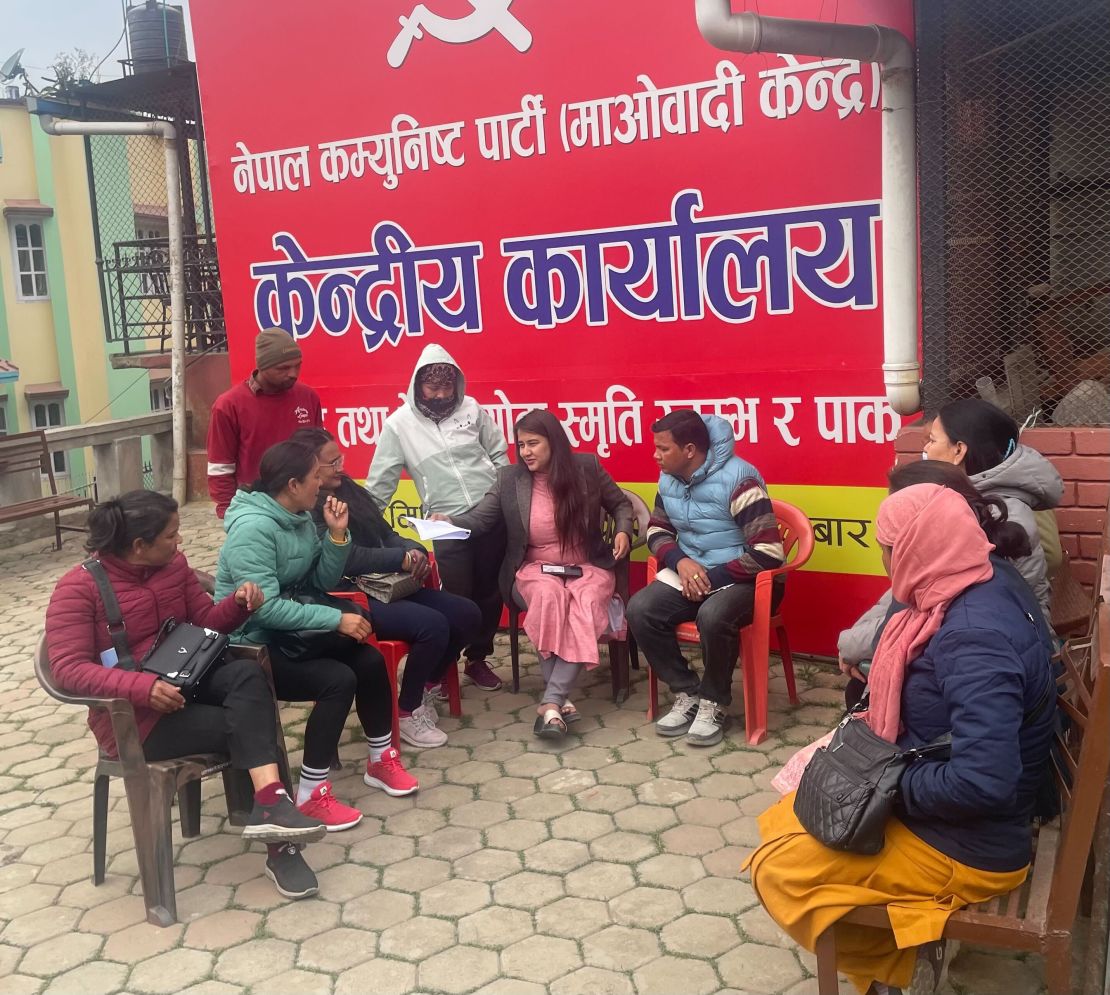
CNN spoke with one Nepali man who recently left Russia after spending three months there. CNN is referring to him by the pseudonym Ram Sharma for his security.
Like many Nepalis who fled Russia without being discharged from their contracts, Sharma has no idea how to withdraw the money he still has in a Russian bank account.
“After I escaped from the military camp, it took me three days to get to Moscow. I was worried that by going to a bank to withdraw the money, I would risk getting caught,” he said. “I can access my bank account on my phone, but I don’t know if it’s possible to transfer that money overseas.”
Sharma, a retired Nepali police officer, was working as a security guard in a Dubai hotel when a Nepali agent in Kathmandu contacted him about the terms Russia was offering for foreigners to join its military. Sharma was making around $450 a month in Dubai and was immediately lured by the offer.
“After seeing gruesome images on the frontlines, seeing your friends die next to you, realizing chances of survival is very slim…. you then realize the money is not worth it. That’s why I escaped,” he said.
Agents in Nepal charge between $5,000 and $7,000 to arrange a tourist visa for an individual through a third country, according to the police.
‘I’m done with fighting wars’
The Nepali government has now banned its citizens from traveling to Russia for work and has implemented stricter requirements for people trying to go to countries such as the UAE on a visit visa.
Nepal’s foreign ministry in December urged Russia to stop recruiting Nepali citizens and send home the remains of those killed in the war.
“We are very much concerned that Russia has recruited our citizens and sent them to war zones in vulnerable situations,” Nepali Foreign Minister N. P. Saud told CNN in an interview in his office in Kathmandu.
The minister said that Russia’s deputy foreign minister had last month assured him that “they will sort it out” with regard to Nepal’s concerns but acknowledged that Moscow hasn’t taken any steps so far.
“We don’t have any information that Russia is doing anything,” he said, stressing that Moscow should “respect Nepal’s point of view.”
“We have a traditional treaty with a few countries for the recruitment of our citizens in the military of those countries,” he explained. “But we don’t have such treaty with Russia for such type of military or security recruitment.”
The minister said he had asked to travel to Moscow to discuss the issue but was waiting for an invitation from the Russian government.
Saud also said Nepal was talking to Ukrainian officials about releasing the four Nepali POWs taken by Ukraine from the front lines. He said Ukraine had some “reservations” and “legal questions” which the Nepali government was working to address.
It’s unclear if there will be any legal consequences against individuals who either defy the Nepali government’s ban to travel to Russia for work or who take part in combat operations against Ukraine.

Kathmandu police said they broke up a racket last month, leading to the arrest of 18 people allegedly involved in sending Nepali men to join the Russian army.
They raided several hotels where those arrested were staying and confiscated dozens of passports and several hundred thousand Nepali rupees, the police said.
But Nepalis haven’t stopped flying to Russia.
Sharma, the man who recently returned, said he had met a few Nepalis in Moscow who had just arrived and were looking to get into the army.
Kathmandu police chief Bhupendra Bahadur Khatri said the number of Nepalis going to a third country on a visit visa to eventually fly to Russia had slowed but hadn’t completely stopped.
“We are getting some intelligence that some of these agents are still active in recruiting Nepal men. We have gathered some undercurrent of their activities, and our investigation continues,” Khatri said.
Basnyat, the analyst, blames political instability and rising unemployment in Nepal as a major factor driving Nepalis to seek out dangerous employment in Russia.
More than 15 percent of its people live below the poverty line. The estimated unemployment rate in 2022 was 11.1 percent, according to the World Bank, compared with 10.6 percent in 2019, before the Covid-19 pandemic. Tens of thousands of Nepalis travel to Gulf countries for work every year, with international remittances amounting to nearly 23 percent of the country’s GDP. An overwhelming 70 percent of the country’s workforce is employed in the informal sector, exposing them to heightened job insecurity and limited protections.
Khadka is also planning to go to the Middle East as a migrant worker once he recovers from his conflict injuries.
“I want to do commercial farming in Nepal but it’s proving next to impossible for me to take a loan. I’m looking to go to one of the Gulf countries. I’m done with fighting wars,” he said.


